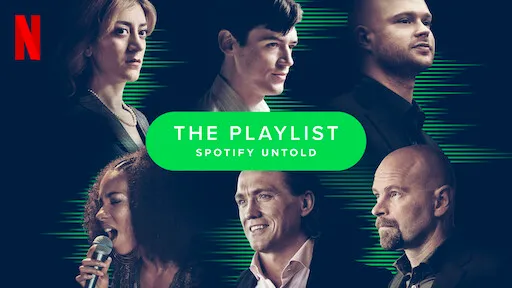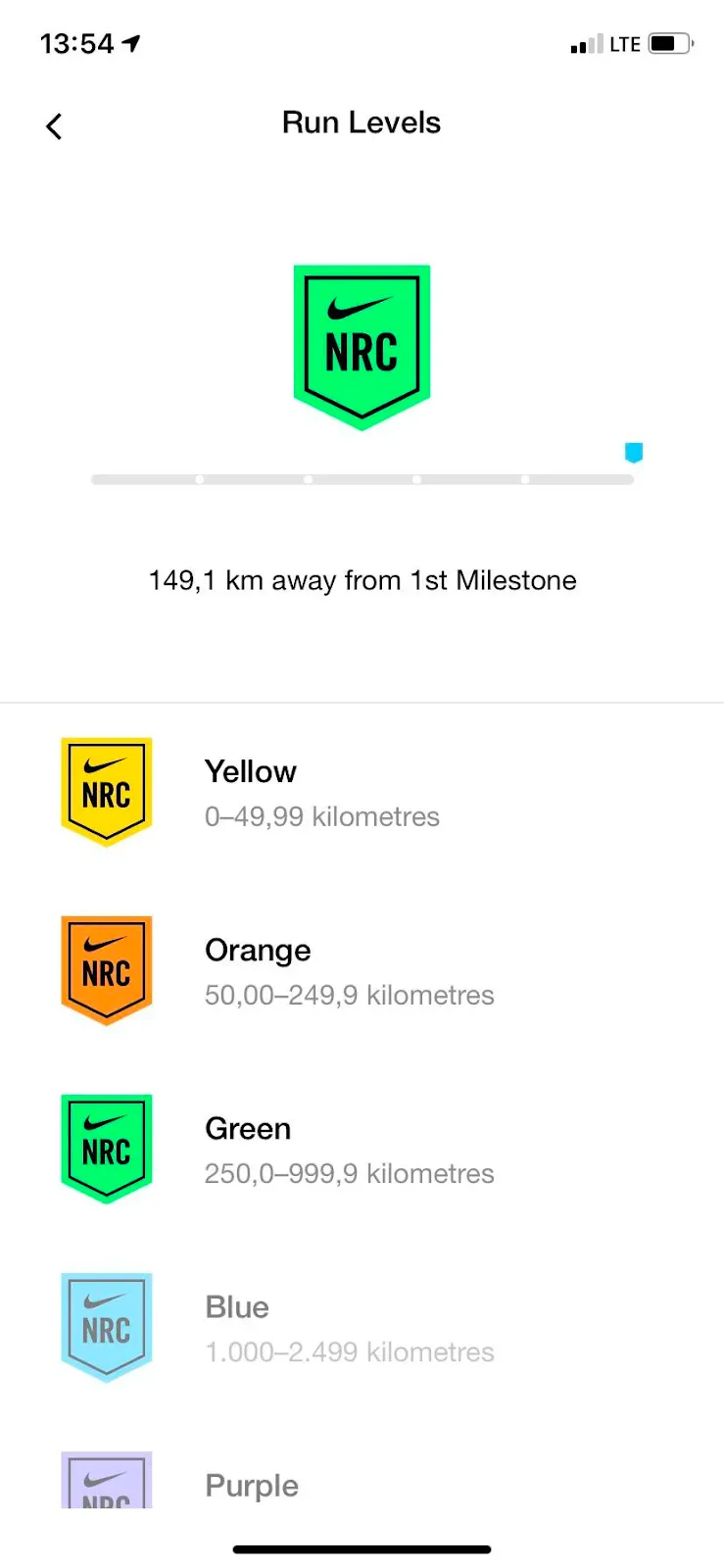In his thought-provoking book “Evolutionary Ideas”, Sam Tatam explores the power of drawing from past solutions to address future challenges.
By identifying patterns in human behavior, we can approach the creative process in a more systematic and efficient way, enabling us to develop effective ideas faster.
“Just because it looks novel to you doesn’t mean that you need a new solution or a revolutionary answer. Actually, the answer might be staring you in the face the whole time.”
He provides compelling examples, such as how Disney improved the queueing experience in the same way Houston airport made arrivals feel faster (while making people walk further).
This mindset aligns with the approach taken in developing the Make it toolkit. Through extensive research and analysis of successful products and services, we have distilled key insights into 15 core strategies and over 300 tactics.
The Make it toolkit enables us to proactively integrate established behavioral science principles and best practices into our design process, rather than only reacting to issues as they arise.
Proactive vs Reactive behavioral design
Reactive application involves employing behavioral science principles in response to identified problems or challenges. This approach focuses on diagnosing issues, commonly referred to as barriers to decision-making and behavior, within the user experience and leveraging behavioral science insights to address them effectively.
On the other hand, proactive application involves utilizing behavioral science principles to design and optimize user experiences even in the absence of specific problems or challenges. In this approach, behavioral science is integrated into the product or user experience from the outset, incorporating behavioral strategies and tactics alongside product design best practices.
Best practices play a crucial role in guiding the design process by providing valuable insights and guidelines based on research and experience in various contexts. They serve as a foundation for understanding what has worked well in the past and can inform design decisions. Leveraging best practices allows product designers to benefit from the collective knowledge of experts and avoid reinventing the wheel.
In this insightful article, the behavioral science team at Uber describes their process and how they have embraced this shift toward proactive design
“We shifted from being reactive in providing support for pre-formulated ideas to proactive in leveraging our domain backgrounds in areas such as learning and memory, which allowed us to propose solutions based on existing scientific insights”.
Understanding the difference between the two approaches is crucial as they guide us in asking different types of questions.
When adopting a reactive approach, we would ask questions such as, "How can I make it easier for users to perform action X to achieve outcome Y and business metrics Z?" In this case, the problem is known, and the focus is on reducing friction for users.
Conversely, a proactive approach prompts us to ask different types of questions. We might ask, "Does my product make users feel competent? At what point do users build a sense of ownership and attachment?" “What behavioral science principles are relevant to achieve an outcome X?”
Consider the Spotify example (Spoiler Alert).

The Netflix TV series "The Playlist" introduces viewers to Petra Hansson, who joined Spotify as their legal counsel and representative. While founder Daniel Ek was inclined towards making Spotify a free service for all, Hansson was able to see through the cracks and came up with a plan that ensured sustainability. She played a fundamental role in the conception of the ad-free concept that we now know as Spotify Premium.
The solution? Allowing users to invest in the product by building playlists they would be willing to pay for to keep. "Make it Yours" and "Make it Aversive" made Spotify a success 🎵
Although the exact sequence of events may differ from reality, "The Playlists" depicts how the idea suddenly struck Petra when a pearl necklace broke. This incident held significance for her as it evoked a sense of ownership. She realized that we tend to take action to preserve and retain what we have invested effort into and truly own. And that's how the connection to the playlist concept came about.
Drawing inspiration from various sources is valuable, and it aligns with how behavioral scientists perceive the world. However, what if we could make this ideation process more systematic and predictable?
"What if we could make this ideation process more systematic and predictable?"
By adopting a proactive approach, we can anticipate problems, discover opportunities that may otherwise remain hidden, and design experiences that truly resonate with users.
To help designers towards this direction we'll be soon sharing a database of 300+ behavioral design tactics.
It is important to note that proactive and reactive approaches are not mutually exclusive, and there are often overlaps between them. Best practices should be used as a starting point and adapted to suit the specific needs of users and other contextual factors.
When applying behavioral science principles proactively to digital product design, it's crucial to be aware of which phase of the journey our target audience is. The phase of the journey is part of the context we need to take into account when auditing and ideating experiences.
"The phase of the journey is part of the context we need to take into account when auditing and ideating experiences."
This is of particular importance when applying principles that have backfired in many situations, notably scarcity, and loss aversion. As Candice Hogan, former data science manager leading Uber Labs, the Applied Behavioral Science team, puts it: “A longtime user of a rewards program who has been accustomed to earning points, with points accrual as her only experience with the program, may become angry if threatened with loss of points if she fails to make a quick purchase.”
The Phases of the User Journey
Different teams break down the user journey differently and use different terminology and metrics. However, most product teams identifies at least 3 phases: the discovery phase (metric: user acquisition), onboarding (metric: user activation)., engagement (metrics: retention, revenue, referrals),
Discovery Phase
The Discovery Phase, also known as the "awareness" phase, marks the initial stage of the user journey. During this phase, potential customers become aware of a problem they have and first discover your brand or product through various channels such as word of mouth, Google searches, blog posts, display ads, or emails.
Some standard strategies and tactics include:
Make it Obvious: Capture users' attention and make your brand stand out from the competition.
Make it Social: Address any trust concerns by leveraging social proof, such as customer testimonials or user reviews.
Make it Attractive: Highlight the benefits and value proposition of your product or service to entice users.
Make it Intriguing: Spark curiosity and create information gaps that prompt users to seek more information or take action.
Make it Scarce: Create a sense of desire and urgency to act by emphasizing limited availability or time-sensitive offers.
For instance, Airbnb has effectively utilized these techniques by creating an interactive tool that allows users to estimate the earning potential of their homes. This tool serves as a compelling way to entice users to list their properties on the platform.

If the discovery phase of your product is successful, your customers decide to give it a try and enter the next phase: onboarding.
Onboarding Phase
The Onboarding Phase is where new users are introduced and familiarized with your product or service. A seamless and effective onboarding experience plays a vital role in reducing the time it takes for users to understand the value of your product, guiding them towards their "aha" moment, facilitating faster activation, and ultimately increasing the retention rate.
During this phase, there are several standard onboarding/activation techniques that can be employed:
Make it Easy: Simplify the onboarding process by reducing complexities and removing unnecessary steps. For example, consider deferring account creation and allowing users to explore the product without requiring immediate sign-up.
Make it Attractive: Create a positive first impression through personalized welcome messages and tailored onboarding experiences that resonate with the user's persona or preferences.
Make it Obvious: Guide users by suggesting relevant initial product activities through the use of hotspots, tooltips, or guided tutorials.
Make it Achievable: Provide users with a sense of progress and celebrate their first successes to encourage further engagement. This can be done through checklists or milestone achievements.
Make it Yours: Foster a sense of psychological ownership by allowing users to customize their experience and tailor the product to their preferences. This increases the likelihood of them returning and engaging with the product.
A notable example of an exceptional onboarding experience can be seen in Duolingo. One tactic that stands out is the Defer Account Creation tactic.
Users are initially prompted to start building progress and exploring the language-learning platform without requiring immediate sign-up. This approach allows users to experience the value of the app firsthand before committing to creating an account, reducing friction and potential abandonment. At the moment of creating the account, it also leverages the principle of loss aversion (specifically the Progress Loss tactic).

By incorporating these onboarding techniques, you can create a smooth and engaging experience that accelerates user activation, increases user retention, and sets the stage for long-term user satisfaction.
Engagement Loop
The engagement loop refers to the recurring journey where users keep coming back and, depending on the nature of the product, form habits, build skills, and become loyal to the product or brand (and thus refer to others). Retention and loyalty must be the top priority for businesses, as it’s generaly more profitable for businesses to continue to sell to the existing customers than to search and market to new customers.
One key challenge in the Engagement Loop is transitioning from extrinsic motivation, where users engage primarily for external rewards or incentives, to intrinsic motivation, where users are internally driven by their own enjoyment and satisfaction with the product.
To encourage and sustain user engagement during this phase, several standard engagement techniques can be employed:
Make it Easy: Identify easily repeatable actions that have the potential to become habitual for users. By reducing friction and simplifying the user experience, you make it effortless for users to engage frequently. Implementing "tiny habits" or small, manageable actions can contribute to long-term engagement.
Make it Achievable: Break down long-term goals into smaller, achievable milestones. By providing users with a sense of progress and accomplishment, you keep them motivated and invested in the product. Implementing levels, stages, or progress indicators can enhance the feeling of advancement over time.
Make it Intriguing/Unexpected: Leverage the power of unpredictability to create intrigue and anticipation. Variable rewards or surprise elements within the product experience can captivate users and keep them coming back for more. By introducing elements of surprise or novelty, you tap into the human tendency to seek out new and exciting experiences.
Make it Empowering: Build features that empower users to feel in control and enable them to express their creativity. Providing choices, customization options, or allowing users to choose their own path within the product fosters a sense of ownership and personalization, increasing their emotional connection and commitment.
Make it Yours: Enable users to build a sense of ownership over time. This can be achieved through features such as reputation systems, stored value, or virtual assets. By allowing users to accumulate and showcase their achievements or investments within the product, you enhance their attachment and loyalty.

By integrating these engagement techniques and aligning them with the principles of behavioral science, you can design experiences that evolve alongside the user's motivations. Understanding the unique challenges and opportunities presented in each phase of the user journey empowers you to create compelling, engaging, and user-centric designs that drive long-term success.










